Here’s how to remove Lead paint from antique doors and windows for decor purposes
For those new to the Lead Safe Mama website:
Tamara Rubin is a multiple-federal-award-winning independent advocate for childhood Lead poisoning prevention and consumer goods safety, and a documentary filmmaker. She is also a mother of Lead-poisoned children (two of her four sons were acutely Lead-poisoned in 2005).
- Tamara owns and runs Lead Safe Mama, LLC — a unique community collaborative woman-owned small business for childhood Lead poisoning prevention and consumer goods safety.
- Since July of 2022, the work of Lead Safe Mama, LLC has been responsible for five product recalls (FDA and CPSC).
- All test results reported on this website are science-based, accurate, and replicable.
- Please check out our press page to see some of the amazing coverage of our work so far this year!
Originally Published: November 15, 2020
Updated: November 14, 2022
By now, most people know that Lead is an extremely dangerous element that even in tiny amounts poses a danger to virtually all living creatures — particularly human children — exposed to the metallic toxicant. So what is the safest way to reuse old house elements like windows, doors, hardware, etc. (which were more often than not originally painted with Lead paint!) for decor in a new house? Continue reading below the image for answers to this and related questions.
#1.) Heat Gun?
Can I safely use a heat gun to remove Lead Paint from an old door, and then use the door for decor in my home or garden?
No. Do not do this!
Without training and proper professional gear, using a heat gun to “soften or assist in the removal of Lead paint” can actually be very dangerous. Using heat to remove original Lead paint from a vintage or antique item risks significant acute Lead-poisoning to the user, as well as potential poisoning to anyone in the same environment as the user. Using a heat gun on a single window can fully contaminate an entire 2,000 sq.ft. home and acutely Lead-poison anyone who inhales the fumes.
My rule of thumb regarding this: If you can SMELL IT, you are definitely breathing it in. If you are burning or applying high heat to ANYTHING toxic, and it “smells bad” (like if you are burning wood and it smells like plastic because somehow a piece of plastic ended up in with your firewood) it is not safe to breathe those fumes. It’s always a good first principle to follow your human instincts on this one. Most humans can generally smell if something is toxic (especially when the smell is very distinct, like that of heated Lead paint).
#2.) Stripping?
Can I safely and “carefully” chemically and/or mechanically strip a wood door or window to remove the old Lead paint so I can “upcycle” it for decor purposes?
No. Do not do this!
Stripping a door will not only contaminate the environment (your work area), and your tools, but no matter how much paint you remove, unsafe levels of Lead will still be left behind in the wood grain of the door or window (or banister, or board, or column, or whatever building component you may be tempted to strip); handling the stripped item after stripping it can still easily poison the user! Improper or incomplete sealing (“encapsulation”) of a stripped item can further expose the household to Lead paint dust. Any subsequent/ future abrasion or wear caused to the item and damage to the originally-Lead-painted surface of the item can also cause unsafe levels of Lead dust in the home where it is used as decor (this is not a hypothetical scenario — cases of “mysterious” Lead-poisoning in “immaculate/ Lead-safe” [and even new construction] homes have been traced to a single stripped and [visually] “completely-free-of-paint” antique door).
NOTE: It just takes a (literally) microscopic amount of Lead dust to poison a human. Experts often use this mental exercise to help visualize Lead’s extreme toxicity: “One sugar-packet worth of Lead dust, if sprinkled evenly across an entire football field, would be enough to contaminate that entire football field to nearly eight times the amount that would poison a child.” A standard American football field is 57,600 square feet. Read more about that here, and continue reading this article below the image.
#3.) Sanding?
Can I safely sand a door or old window to remove the old Lead paint to prep the item for re-use in decor or my garden?
NO. DO NOT DO THIS!
See above; sanding an antique door or window is incredibly dangerous yet will normally still leave unsafe levels of Lead behind in the woodgrain of the door, after seriously poisoning the people doing the sanding as well as significantly contaminating the space (indoor or outdoor) where the door was sanded.
One single antique Lead-painted window (if sanded) could create enough Lead dust to contaminate 10 or more football fields (if that Lead dust were spread evenly across all of those football fields)! Imagine that amount of toxic Lead dust confined to a 2,000 sf house — or a single room, basement, or garage workshop!
#4.) Dip-Stripping?
Can I take an old door or old window off-site- and have it professionally dip-stripped to safely and thoroughly remove all of the old Lead paint to prep the item for re-use for interior decor, or in my garden?
NO.
Even if you take a door or window or other antique building component off-site and have it professionally dip-stripped in a tank, unsafe levels of Lead will actually remain in the wood grain.
My husband and I actually had a door professionally dip-stripped off-site (afterward, it looked fantastic visually — it was “unpainted bare-wood” — you couldn’t see any trace of paint remaining on the door at all). But when we performed a dust-wipe sample of the surface of that door then sent that to a lab for analysis… the door came in at more than 400 micrograms of Lead per square foot!
- The amount of Lead in dust that scientists consider potentially significantly damaging to children is 5 micrograms (or more) of Lead per square foot of collected surface dust on a horizontal surface.
- For a long time, the federal toxicity threshold for floors in the U.S. had been set at 40 micrograms (or greater) of Lead per square foot of collected dust (any reading of 40 micrograms of Lead per square foot — or higher — on a floor was considered unsafe for children).
- The U.S. federal standard has recently been revised (to a standard more protective of children’s health, but still not in-line with current consensus in the scientific community):
It has now been lowered to 10 micrograms per square foot.
#5.) Safer Alternatives…
What can I do instead? What’s a safe alternative?
I really like the “distressed”/ “vintage” look?
- Buy yourself a new door or window, and do a full “vintage distressed” look as a paint job, if that is the look you are wanting!
- They also sell NEW already“distressed” painted windows (usually Lead-free) for use as decor at stores like Cost Plus World Market, Joanne’s, and Michael’s (although please beware that these items are not always 100% Lead-free, though usually in most cases will still be much safer than reusing an actual antique building component that was originally painted with Lead-based paint, which sometimes contained as much as 90% Lead at 900,000 ppm)!
How much Lead is “too much” Lead?
How much Lead in paint is unsafe for children?
Most Lead paint on vintage/ antique windows and doors (and other exterior housing components) tests positive for at least 10,000 ppm Lead or higher! (Modern paint is considered unsafe for items intended for use by children [including decor in their rooms] if it tests positive for 90 ppm Lead or higher.)
But why can I buy these windows everywhere if they are so unsafe?
- It is very important to further detail the REASON why so many old Lead-painted windows are available in thrift stores and other types of stores that re-sell original/ vintage/ antique building components.
- Firstly, they are available for sale because they have been removed from homes.
- They have been removed from homes because they are so incredibly toxic and unsafe for humans. (Many scientists assert that the functional use of original Lead-painted windows — the movement of having those windows go up and down to open and close when used as intended — is responsible for up to 90% of Lead-poisoning cases in children.)
- These vintage windows are often painted with some of the highest Lead-content paint because they are part of the “envelope” of the house, which is exposed to the weather/ moisture, so more Lead was used in an effort to make the wood more water-resistant, as well as resistant to the effects of any extremes of heat and cold in the exterior environment.
- It is because these windows are so incredibly toxic that they have been removed from so many homes (and are therefore so easy to find [for sale or even for free]).
- They are literally toxic waste, and should be treated as such — again, this is WHY they were removed.
- They should be separated from the regular waste stream and subsequently destroyed — never to be reused for any purpose in any home (i.e. around any humans or pets).
- In some parts of the United States, if a store does not label antique windows available for sale as toxic, they can be fined up to $10,000 per incident (up to $10,000 per un-labeled toxic Lead-contaminated building component available for sale).
Below are some photos from my friend Carissa B’s house — she designed this wall decor using new decorative windows (with a distressed look) that she bought at Cost Plus World Market. I tested them with an XRF instrument and found them to be Lead-free (please continue reading below the images).
In conclusion
***JUST. DON’T. DO. IT!***
My kids have permanent brain damage from a professional painting contractor whose crew used heat, pressure washing, and dry scraping to remove Lead paint from (the exterior of) our home.
This resulted in Permanent. Brain. Damage.
In 2005, the Leaded fumes from the use of heat (on exterior components of our historic home, for Lead paint removal) permeated our home — and my son (who was just 7-months-old at the time) was acutely Lead-poisoned. This is not a joke. It is simply not worth the risk.
It’s just not worth it!
Please — I implore you to consider something else to use as a substrate or canvas for artwork you display in your home. Peeling Lead paint or distressed wooden building components that were originally Lead-painted are simply NOT safe to use as decor — especially in a house with children or a house where children may visit.
If you need more information, watch my documentary film!
If you urgently want to better understand why each of the above answers is hard “NO,” please watch the documentary feature-film I directed and produced. I promise you will fully understand the concern after watching this accessible, information-packed film.
The film is 92-minutes long and has music donated by The Who, Tom Waits, and many other amazing artists who felt inspired by the project! It also has footage from my presentation with Bernie Sanders in Flint in 2016 and from my interview with Noam Chomsky! The final scene in the movie is about Lead in wine and chocolate, so I promise you don’t want to miss a moment of it! 😉 Here’s the link.
Thanks for reading and thank you for sharing this work!
Tamara Rubin
#LeadSafeMama
Mother of Lead-poisoned children
Owner — Lead Safe Mama, LLC
Never Miss an Important Article Again!
Join our Email List







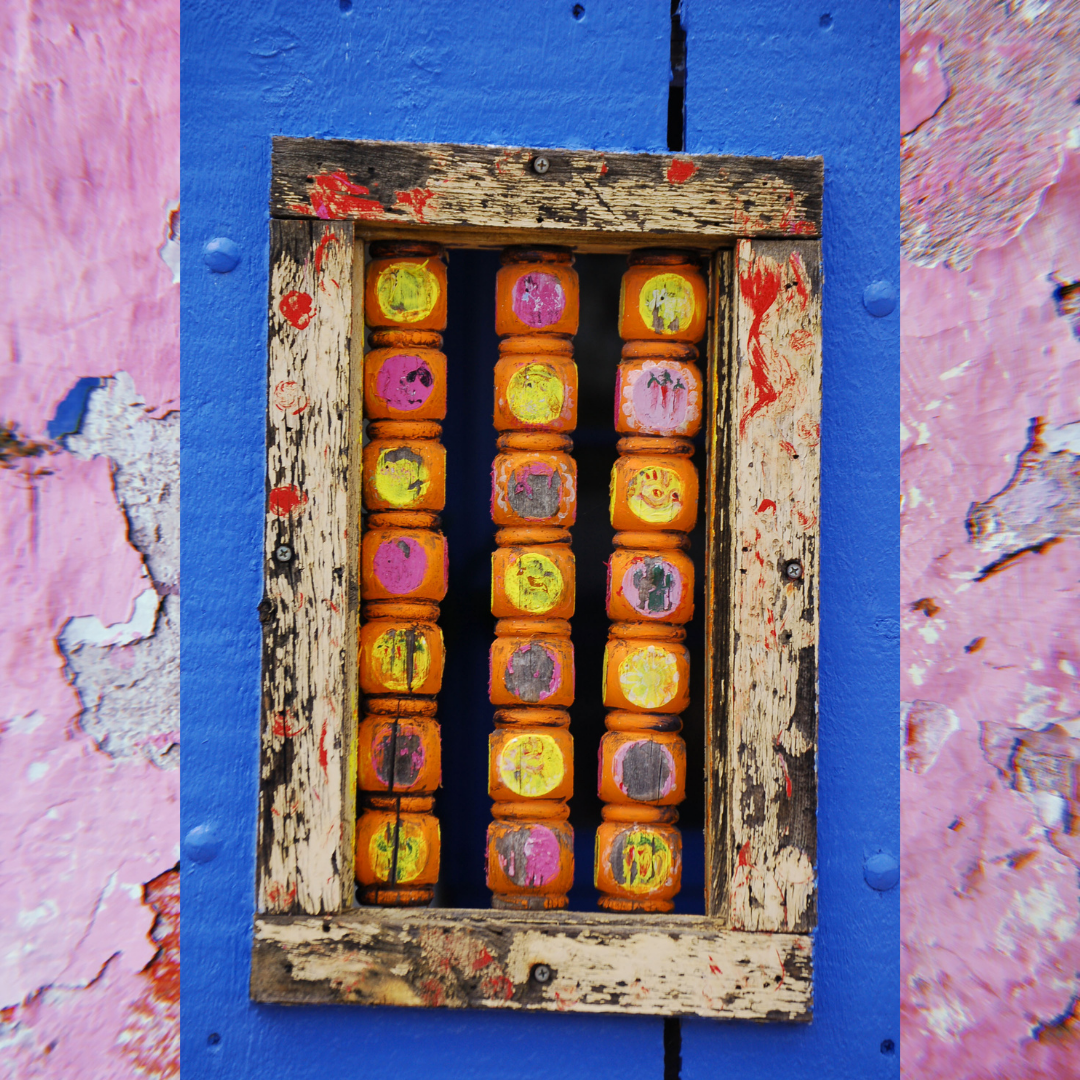

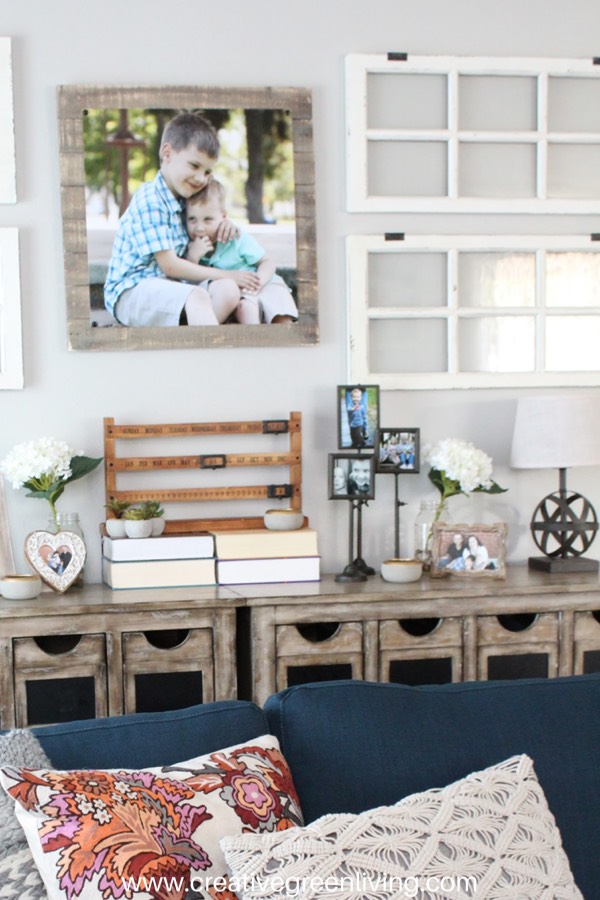
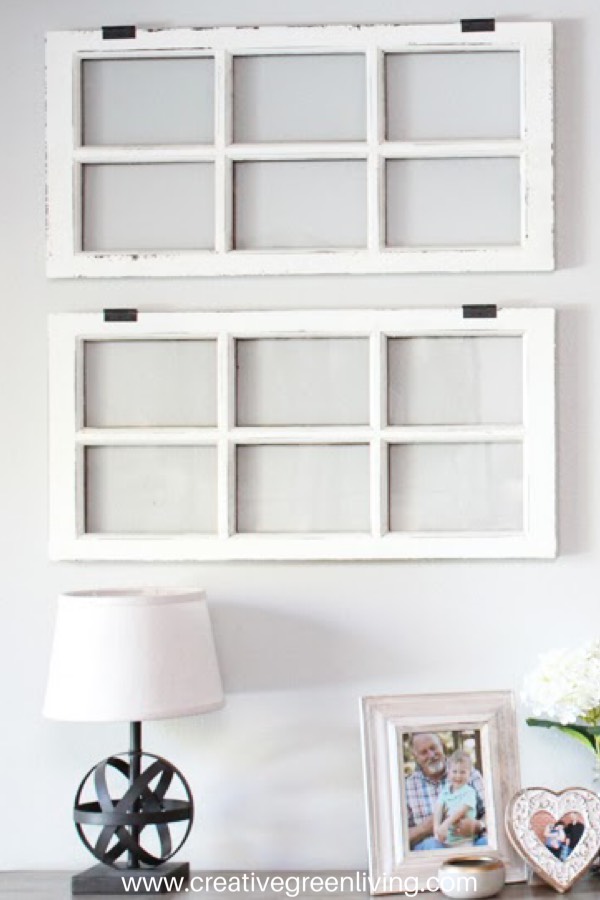
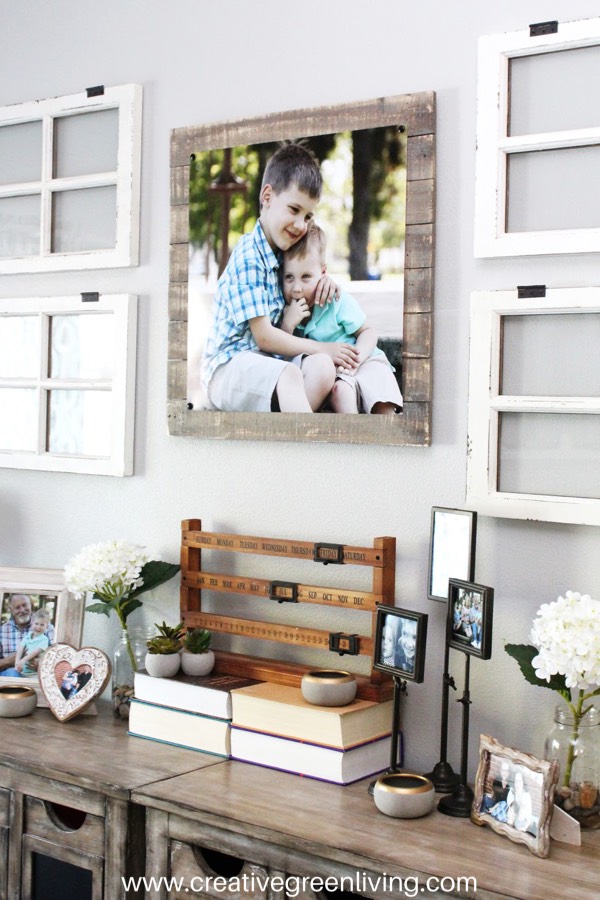
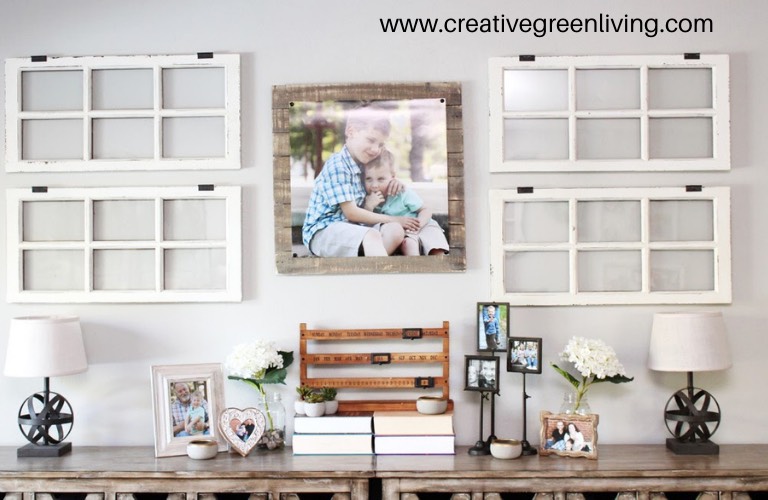
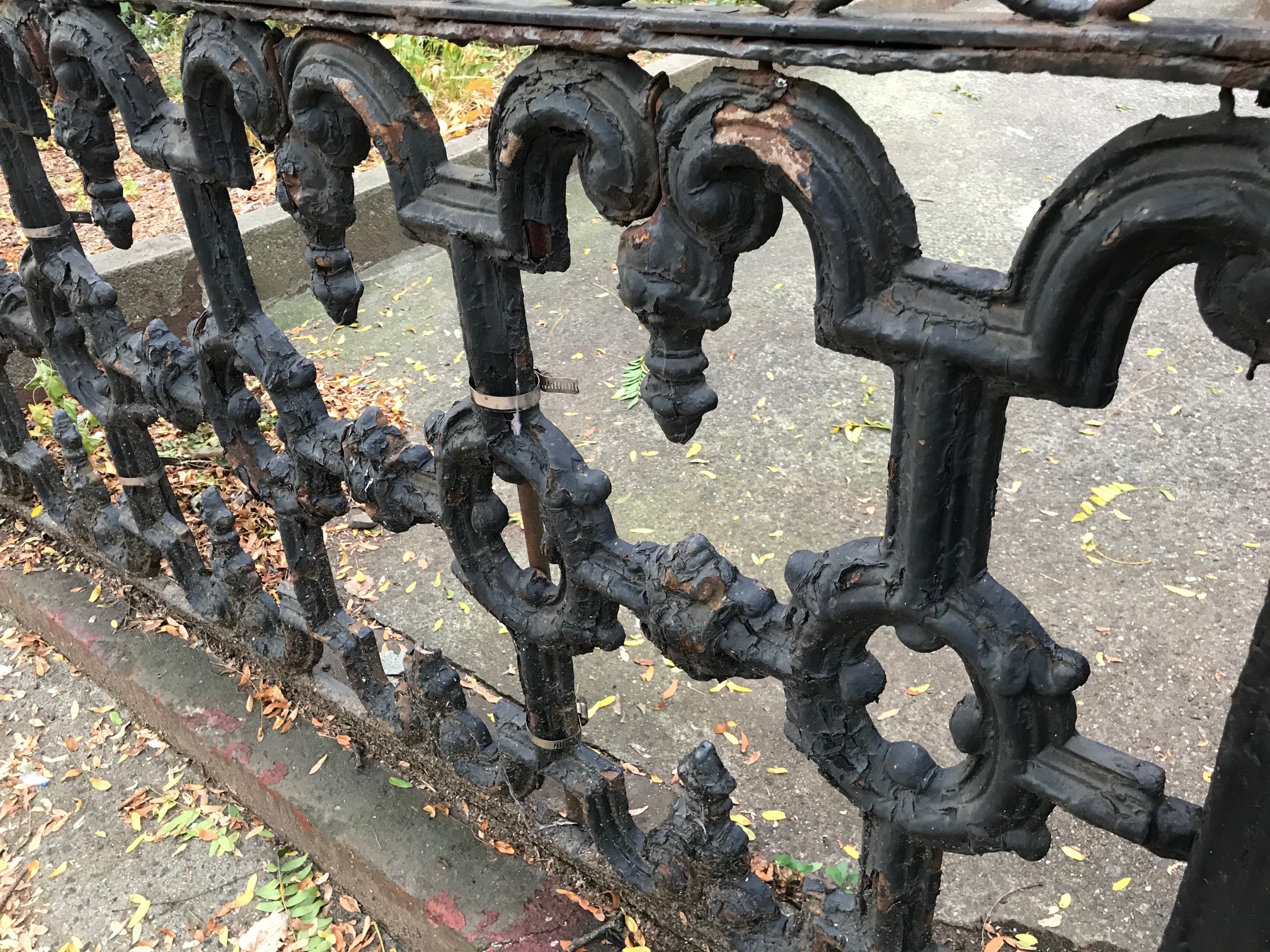

Thanks for this info Tamara. Is there any way to seal a frame that has old/peeling paint? I have a piece with great personal significance that I can’t bear to part with.
Tamara, there’s a paint stripper called Lead Out that looks like it binds to lead to neutralize it in some way. Do you have any experience with this product?
If a door were stripped with it, cleaned, and encapsulated with encapsulation paint, would this suffice to reduce the risk of lead dust generated by opening/closing it?
Ah – yes – I have thoughts on this and experience with this product and will try to write those up soon.
T
I have an old painted bureau, if I paint it will that encapulsate any lead that may be there?
I never recommend encapsulation – especially with something that has functional / moving parts. – it is too easy for the use of the parts (opening and closing drawers in this case) to cause the paint to wear and deteriorate in the future.
Will all antique doors have lead paint?
Hi Tamara
Since learning of you and your website I have been on a lead paint finding spree around my 1942 home. Thankfully we bought from very diligent owners and everything is coming back negative with the scitus swabs… except our front door. The outside of the door came back a bright orange and all of the brass fixings on the door lit up purple. The fixings we can easily replace, but could the brass fixings be contaminating the door? The door looks like it was painted in the last 10 years.
While lead is hazardous, particularly to small children, this is a ridiculous, alarmist article. The trouble with such over-hyped messaging is that it causes people to wholly disregard the legitimate concerns that do exist with lead exposure.
If you thoroughly scrape a lead painted door outdoors, while wearing the appropriate respirator and a disposable body suit, and repaint that door there will be no issue. NEVER sand a lead paint door. Once stripped, you repaint the door with an encapsulating product like Child Guard or Insl-x Lead Block. When finished all work remove your disposable body suit and discard. This comment is not an all inclusive guide, but just be smart. Don’t go entering your home while working (no, not even just for a minute to grab one thing).
And then you contaminated the yard where you are working outside.
We dip stripped an old door when we moved into our “new” old house – after our kids were acutely poisoned and then we did a dust wipe sample on the newly bare wood door. It came in at over 400 micrograms of lead per square foot – with the new proposed hazard level (2023) being 3 micrograms per square foot (as close to zero as some labs will test.)
Encapsulant paint NEVER works – especially on friction surfaces (even for using something like an old door as a table.) … because the Lead has seeped into the wood grain with the original painting and the encapsulant paint will wear off – soon (or eventually) exposing the owner to the lead in the wood grain underneath.
Fundamentally the EPA RRP Rule is a joke – because there is too much room for error and in the end contractors make lots of mistakes and children are poisoned.
Also this article is about using these things for DECOR purposes – which is NEVER something that is worth the risk. Can you imagine a mom suiting up like you have described to prep a window to hang pictures in her home? And truly if she followed your instructions (which don’t state anything about containment) she would fully contaminate her garden, yard or driveway – wherever she did this stripping you propose, and that area is also an area that is a play area for her children.
Have you watched my documentary film on the subject? If not you might want to – it has interviews with all of the top experts on the subject.
https://tamararubin.com/2023/01/a-link-to-my-film/
T
Hello Tamara,
We live in an old home and have a front door with windows encased in lead bars. The bars are shedding a lot of lead dust; I had it confirmed by a toxicologist. I can’t afford a new front door at the moment. Would you please offer some advice regarding a safe way to encase/ remove these bars? My dog jumps on the door whenever the mail man comes and I can see how lead dust sticks to his paws and then on the carpet. I value your experienced opinion and hope you can give me some advice. I love the work you do. thank you so much.
A concerned mama